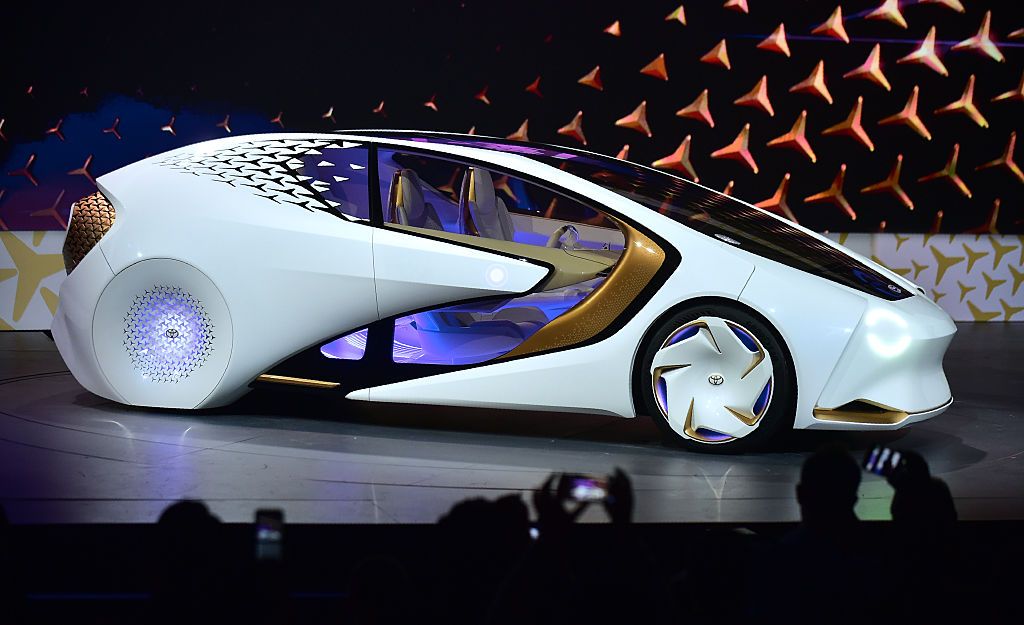This is the second in a series of posts dealing with General Motors' companion brands launched during the late 1920s. The first post can be found here.
As I stated in the introductory post, a major factor in the rise of General Motors during the 1920s was Alfred P. Sloan's establishment of a price-prestige hierarchy for GM's various brands. Over the 50 years from 1941 to 1991, when the Saturn brand appeared, the hierarchy from low to high was Chevrolet, Pontiac, Oldsmobile, Buick and Cadillac. But during the late 1920s so-called "companion" brands were introduced to fill what seemed to be price gaps in GM's line. In 1930 the hierarchy was approximately (there was price overlapping in a number of cases): Chevrolet, Pontiac, Marquette, Oldsmobile, Oakland, Viking, Buick, LaSalle, and Cadillac.
The least-successful companion brand in terms of sales was Oldsmobile's Viking. As noted in the Viking link, it was the only companion make priced higher than its established companion line. Vikings were built for model years 1929 and 1930, but a few leftover 1930 cars were marketed as 1931 models. The Wikipedia link has total Viking production as 7224 units.
Below are comparisons of 1929 and 1930 Oldsmobiles and Vikings.
The top photo is a "for sale" image of a '29 Olds, the lower is of a Viking for that year. Oldsmobiles all had six cylinder motors, whereas Vikings had V-8 engines and longer hoods that would have been necessary were the motors straight-eights instead. Perhaps the greater length was to indicate Viking's higher price (and, GM hoped, prestige) than mere Oldsmobiles. Other differences were in the headlight mountings (for some models), crank cap (below the grille), and tops of the grille frames -- Viking's badge is set off more distinctly than Oldsmobile's.
The situation was essentially the same for 1930.
This is the second in a series of posts dealing with General Motors' companion brands launched during the late 1920s. The first post can be found here.
As I stated in the introductory post, a major factor in the rise of General Motors during the 1920s was Alfred P. Sloan's establishment of a price-prestige hierarchy for GM's various brands. Over the 50 years from 1941 to 1991, when the Saturn brand appeared, the hierarchy from low to high was Chevrolet, Pontiac, Oldsmobile, Buick and Cadillac. But during the late 1920s so-called "companion" brands were introduced to fill what seemed to be price gaps in GM's line. In 1930 the hierarchy was approximately (there was price overlapping in a number of cases): Chevrolet, Pontiac, Marquette, Oldsmobile, Oakland, Viking, Buick, LaSalle, and Cadillac.
The least-successful companion brand in terms of sales was Oldsmobile's Viking. As noted in the Viking link, it was the only companion make priced higher than its established companion line. Vikings were built for model years 1929 and 1930, but a few leftover 1930 cars were marketed as 1931 models. The Wikipedia link has total Viking production as 7224 units.
Below are comparisons of 1929 and 1930 Oldsmobiles and Vikings.
The top photo is a "for sale" image of a '29 Olds, the lower is of a Viking for that year. Oldsmobiles all had six cylinder motors, whereas Vikings had V-8 engines and longer hoods that would have been necessary were the motors straight-eights instead. Perhaps the greater length was to indicate Viking's higher price (and, GM hoped, prestige) than mere Oldsmobiles. Other differences were in the headlight mountings (for some models), crank cap (below the grille), and tops of the grille frames -- Viking's badge is set off more distinctly than Oldsmobile's.
The situation was essentially the same for 1930.
















EmoticonEmoticon